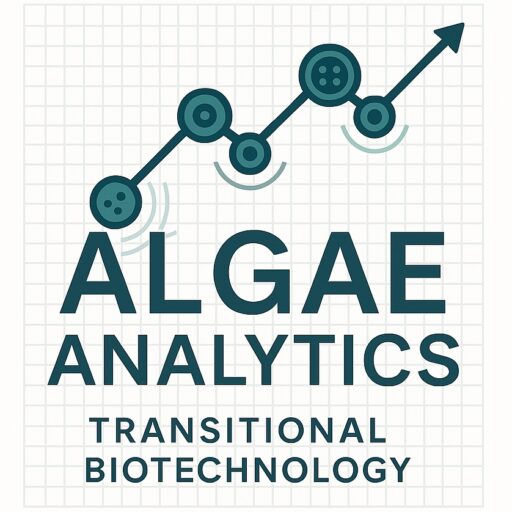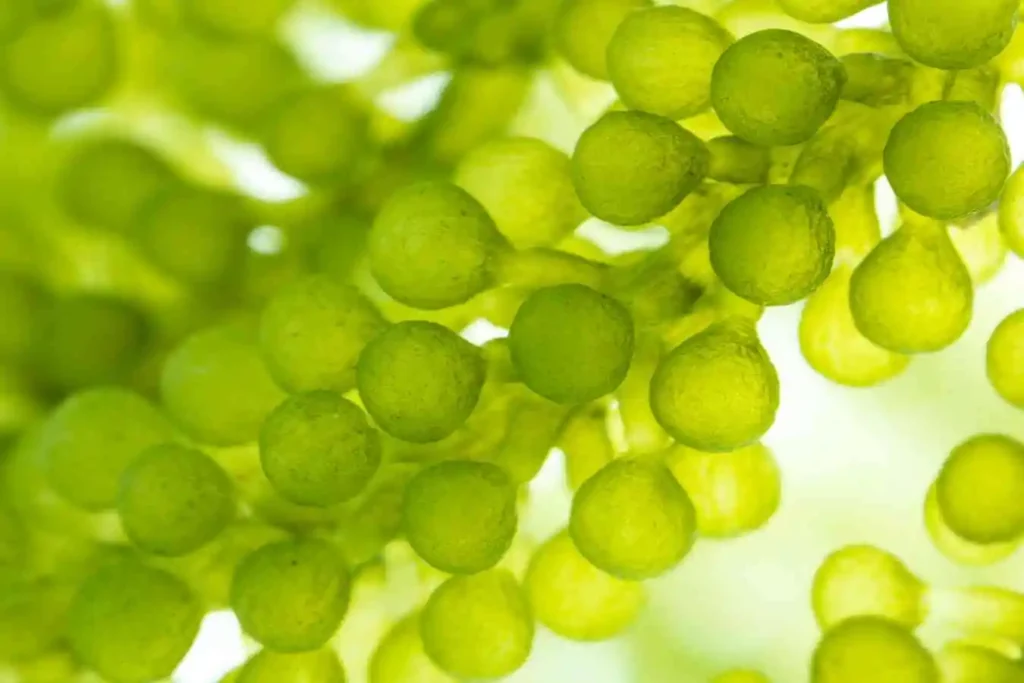Commercial Production of Algae
Algae are aquatic organisms that have gained significant attention in recent years due to their potential as a renewable resource for various commercial applications. They are a diverse group of photosynthetic organisms that range from microscopic unicellular species to large multicellular seaweeds. Algae are capable of photosynthesis, which means they can convert sunlight into energy, making them a promising candidate for commercial production.
Commercial production of algae involves growing large quantities of the organisms in specialized production systems. These systems vary in size and complexity, depending on the specific type of algae being cultivated and the desired end-product. The main commercial uses of algae include food and nutrition, biofuels, pharmaceuticals, and cosmetics.
Types of Production Systems
The three main types of production systems used in commercial algae production are open ponds, closed photobioreactors, and hybrid systems.
Open ponds are the most common type of algae cultivation system, typically consisting of large shallow ponds or raceways. They are cost-effective and relatively easy to operate, but they are susceptible to contamination and have limited control over environmental conditions.
Closed photobioreactors are a more advanced and controlled system for algae cultivation. They are closed vessels that provide a sterile environment, allowing for more precise control over factors such as light intensity, temperature, and nutrient levels. However, they are more expensive to operate and require significant maintenance.
Hybrid systems combine the advantages of open ponds and closed photobioreactors, creating a more versatile system that can accommodate various species of algae and production goals. Hybrid systems typically utilize a closed photobioreactor for seed culture and a larger open pond for mass production.
Challenges to Commercial Production
Despite the promising potential of algae as a renewable resource, there are several challenges to commercial production that must be addressed. One significant challenge is maintaining a consistent and reliable supply of algae biomass. Factors such as contamination, predation, and inconsistent environmental conditions can all impact the growth and productivity of algae.
Another challenge is the energy and resource intensity of algae production systems. Algae require significant amounts of water, nutrients, and light to grow, making them relatively resource-intensive compared to other crops. Additionally, the energy required to operate closed photobioreactors can be substantial, particularly if renewable energy sources are not utilized.
Finally, the economics of algae production can be challenging, particularly for smaller-scale operations. The market for algae-based products is still relatively small, and the cost of production can be higher compared to traditional crops. However, as demand for renewable resources continues to grow, and technology improves, the commercial viability of algae production is likely to increase.
Conclusion
Overall, algae are a promising renewable resource with numerous commercial applications. Advances in production systems and technology have increased the efficiency and scalability of algae production, making it an increasingly viable industry. However, challenges such as maintaining consistent biomass supply and optimizing resource efficiency must be addressed to ensure the long-term sustainability




